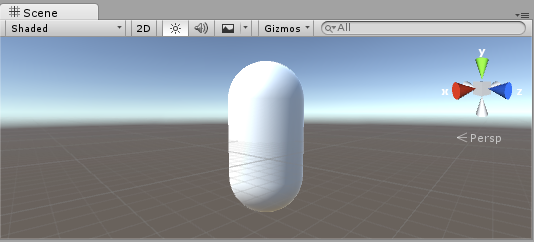

This brings the power of Metal to TensorFlow using MPS and MPSGraph. This year, we have developed a new Metal Plugin using TensorFlow PluggableDevice Interface released in TensorFlow 2.5. TensorFlow is a popular machine learning training platform, and GPUs are the predominant accelerator device. Let's take a closer look at the new Metal Plugin for TensorFlow. This has translated to large performance gains to the machine learning frameworks that use MPS. This year, we have optimized MPSGraph even further with a combination of kernel improvements and stitching adoption. The MPSGraph framework has been adopted by higher level machine learning frameworks like Core ML and TensorFlow for GPU acceleration. Today, I want to share the improvements we've made to boost training and inference performance on GPU. I am a part of GPU Software team at Apple. I'd like to introduce my colleague, Yuliya, who will share some exciting updates for inference and training acceleration. And finally, we will look at the all new control-flow capabilities of MPSGraph.

We will introduce new ways for you to control compilation in MPSGraph. We will introduce some exciting new MPSGraph operations. We will discuss ML inference and training acceleration through MPSGraph. Please watch our last year's session to get more introductory details on the MPSGraph. It is supported on macOS, iOS, iPadOS and tvOS, same as the MPS framework. Last year, we introduced the MPSGraph framework, a general purpose compute graph for the GPU. MPS team optimizes Metal kernels to give the best performance on each hardware across Apple's various platforms. MPS is a library of metal-based, high-performance, GPU-accelerated primitives for varied fields like image processing, linear algebra, ray tracing, and machine learning. Today my colleague, Yuliya Pylypiv, and I will talk about what's new in Metal Performance Shaders Graph. I'm with the GPU Software Engineering team at Apple.


 0 kommentar(er)
0 kommentar(er)
